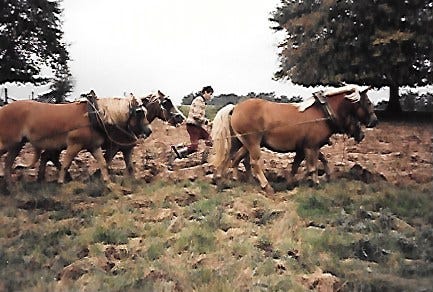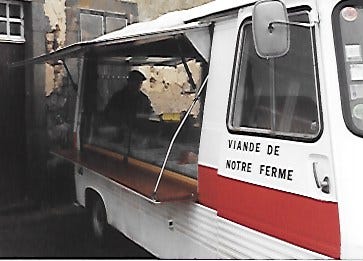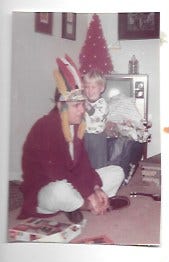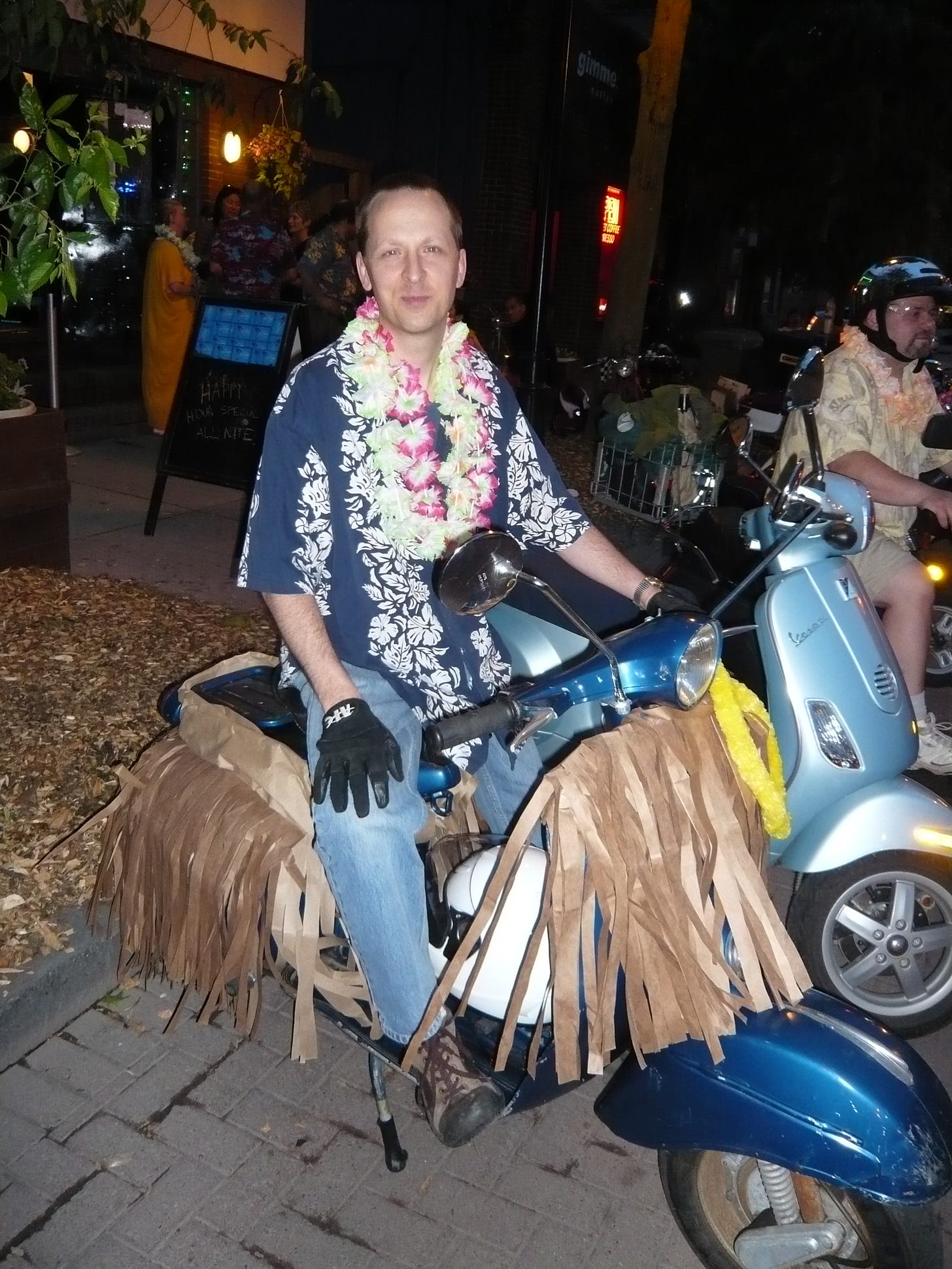
Table 12 – by Scott Marsland, FNP-C
[ad_1]

PROLOGUE
After working in the Emergency Department (ED) for more than fourteen years, I cannot count the number of abdominal pains, chest pains, broken bones, lacerations, heart attacks, strokes, MVCs, stabbings, and gunshots I encountered. I also saw patients in anaphylaxis, which is when an acute allergic reaction leads to swelling of the airway, tongue, lips, and face so that a person’s ability to breathe is compromised. Sometimes a relative rolled them in the door, the patient arching back in a wheelchair as they took their last gasp. But, there actually weren’t that many of them. I can count them, just like the number of cases of priapism (an erect penis that just won’t stop being erect!), or foreign objects mysteriously lodged in a rectum (you can scarcely imagine). I would put the number of anaphylaxis patients over fourteen years at…twenty.
You might then understand that when six of my patients at the Leading Edge Clinic have either approached anaphylaxis or come within a minute of dying from the same, over the short period of six months, well, it got my attention.
What is going on here? To give you an answer, we’ll have to go back in time a few years.
RECENT PAST

In my Substack Honest Fight I wrote about my 2019 trip to Sweden and Norway with Ellen David Friedman, a veteran union organizer and international labor leader. While we were there, we spent most of our time with teachers, but had a visit with dockworkers, and also met some nurses and doctors. I had a fascinating one-on-one meeting with Anne Lindgren Berndt, President of Vårdförbundet. Also known as the Swedish Association of Health Professionals, Vårdförbundet is the trade union and professional organization of four registered professions; nurses, midwives, biomedical scientists and radiographers. It represents more than 80 % of the workforce.
During our conversation, Anne shared a story which stuns me to this day. A young couple made a trip to the countryside outside of Stockholm for a picnic with their two young children. After a bee stung their not-yet-one-year-old daughter, her lips began to swell and her breathing turned raspy. They called emergency services and within ten minutes a helicopter with an emergency nurse and physician landed in a nearby clearing. They administered a lifesaving epinephrine injection, and within minutes the girl was breathing more easily. Then they bundled up the girl and flew off to the nearest hospital right? Nope. The pilot, nurse, and doctor hung out for more than thirty minutes, monitoring the little girl, getting a health history, providing a pair of epi-pens, providing education about how and when to use the pens, and ensuring that there would be a followup the next day with her pediatrician. Then they returned to their helicopter and flew away, leaving the young family to enjoy the rest of their picnic. True story.
Sweden is not nirvana, or Ellen and I wouldn’t have been there meeting with union members across several sectors. The neocons strategically, methodically, almost invisibly, have hollowed out the strength and influence of Swedish labor over a period of decades. And still, the story above demonstrates what is possible when a country dedicates more than a fraction of its resources to rational healthcare instead of endless wars.
PAST
Dr Lawrence Afrin is considered by many to be the expert on mast cell activation (MCAS) in the United States, and Dr Gerhard Molderings his equivalent in the United Kingdom. An aside—would you agree that someone with the last name Molderings sounds like he should be in a Harry Potter movie? Anyway, in 2016, Afrin, Molderings et. al. wrote a review of how to treat MCAS. It was titled Pharmacological treatment options for mast cell activation disease. If I could wave a magic wand and bring the medical establishment up-to-date on the post-Covidian world, I would make these twenty three pages of clinical wisdom required reading. But seeing as how this isn’t a Harry Potter movie, and I misplaced my magic wand, I’m going to write you dear readers and try to arm you with some potentially lifesaving information.
The meat of the article lays out a step-wise approach to treating MCAS. Some of these therapies should be familiar by now to most patients with post-acute sequelae of Covid (PASC) and injury from the Covid shots: H1 and H2 anti-histamines, Cromolyn, Ketotifen, etc. What evaded my attention for months, but which rose in prominence with each successive instance of anaphylaxis, was Table 12.

As I pay tribute to Dr Afrin, I also feel compelled to share some small insight into the complexity of this man’s mind and expertise. When a hero fails to live up to the expectations in one’s mind, does it make a sound? For me, it sounds kind of like a “whumpf.” It turns out that “whumpf” has been adopted as technical avalanche term, which describes the sound made when a heavier lay of snow collapses under the weight of a person or machine walking over a lighter/weaker layer of snow, sometimes preceding an avalanche. Sounds auspicious to me! So, Dr Afrin has been a hero of mine, shedding light on the topic of MCAS through his prolific writing on the topic. My “whumpf” moment came when a patient told a provider in our practice that a nurse in Dr Afrin’s practice said he believes in the safety and efficacy of the Covid shots, and thinks that Paxlovid is an effective first-line treatment for acute Covid. In case that was hearsay, I checked with another colleague who has been in regular communication with Dr Afrin, and she/he said, “Yup, that’s about right.” If the poignancy of this is lost on you, give it time.
PRESENT
The origin of mast cells helps explain why hyperactivation in MCAS is so problematic. When life on this planet leapt from single to two-celled organisms, mast cells were the second cell to arrive. They were the original bouncers of life, and tasked with protecting the organism. They developed a wide repertoire of tools, which included mediators. We can count the birth, life and death of a platelet or white blood cell in about a week. Red blood cells last up to two months. Mast cells last—get this—two to four years! How would you like to really, really, really piss off your mother-in-law, and then find out she was moving in with you for the next four years? No bueno.
When a person is exposed to the spike protein, whether from infection, shedding, or vaccination, the spike protein hyperactivates the mast cells. In a person who didn’t have mast cell disease before the pandemic, this may not have significant consequences. But in a person who had some degree of mast cell disease before Covid, this can be disastrous. These are people who may have had environmental allergies, food sensitivities, rashes, unexplained headaches, irritable bowel disease, asthma, etc.
So what are mediators? They are substances released by mast cells with characteristics that promote, manage and resolve our immune response, particularly in allergic and inflammatory processes that lead to healing. When they spin out of control, or stay around too long, they cause lots of trouble. E.g. cytokines. Remember all the people who died during the pandemic in the winter of 2021 from cytokine storm? Those cytokines were coming from mast cells. What other mediators are there? Histamines, heparin, proteases, leukotrienes and prostaglandins.
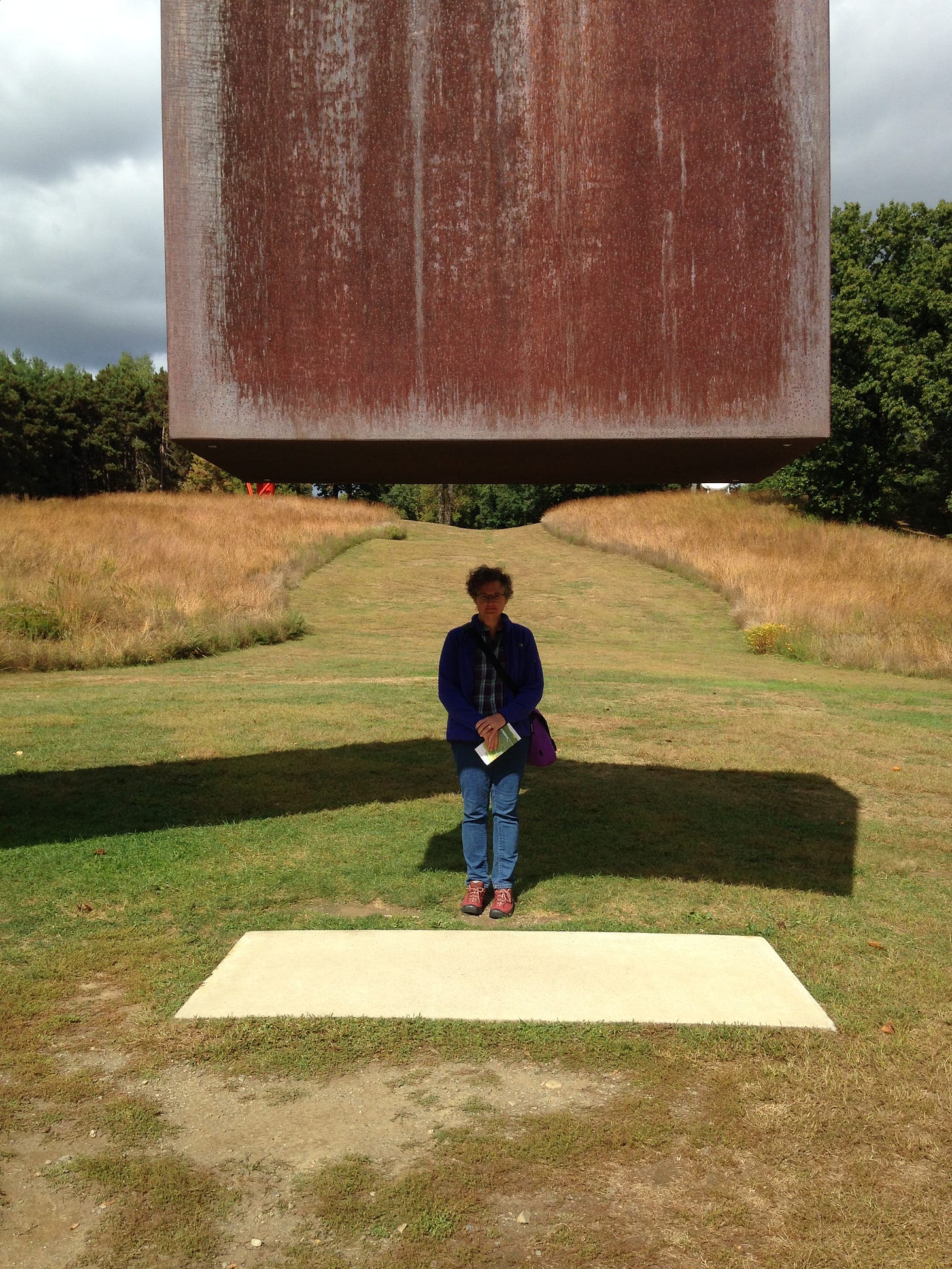
Back to Table 12. I’ll skip down to local anesthetics, because I think this point touches the largest number of people. Procaine is what most of us know as Novacaine. It’s the most commonly used local anesthetic in dentistry, because of it’s rapid onset and short duration. In post-Covidian times, in mast cell activated patients, there is a big downside to Novacaine—it can provoke release of mediators from mast cells. If you’re a person without any history of MCAS, perhaps this is no big deal. But what if you are limping along with PASC or vaccine injury?
One of my patients is in his mid-30s, and vaccine injured. He needed to have some involved dental work, and rather than it taking a day or two to recover, it took eight to nine days. A few days after this, he went out to eat with his family and at ate some elk meat. Before the meal was over, he was starting to have trouble breathing, and his throat felt like it was closing. He had an old epi-pen in the glove compartment of his vehicle, and used it. His family drove him to the nearest ED, and he lost consciousness on the way due to diminished breathing and lack of oxygenated blood flow to his brain. He literally came within minutes of losing his life.
Why did this happen? If we go back to the period after he received the Covid shots, one conclusion of the exhaustive testing by system doctors who couldn’t find any abnormal tests, or almost none, was that he had Alpha-gal Syndrome. Ever heard of it? Me neither. It’s a potentially life threatening condition which can occur after a tick bite, and results in a delayed allergic reaction to mammalian meat. Mammals have tits and nurse their young, so we’re talking about the four-leggeds, such as pigs, cows, sheep, but also deer, rabbits, and elk. The likelihood of developing Alpha-gal are pretty slim, or at least they used to be, with estimates as low as 1-2% of the pediatric and adult population. Having never encountered it during thirty years of practice, I’ve now encountered it twice in the last year in our practice.
The patient had experienced some difficulty breathing and throat scratchiness after diagnosis with Alpha-gal, and before eating elk meat, enough to be cautious and have an Epi-pen, but what sent him over the edge? A dental procedure with Procaine, or Novacaine led to a close call.
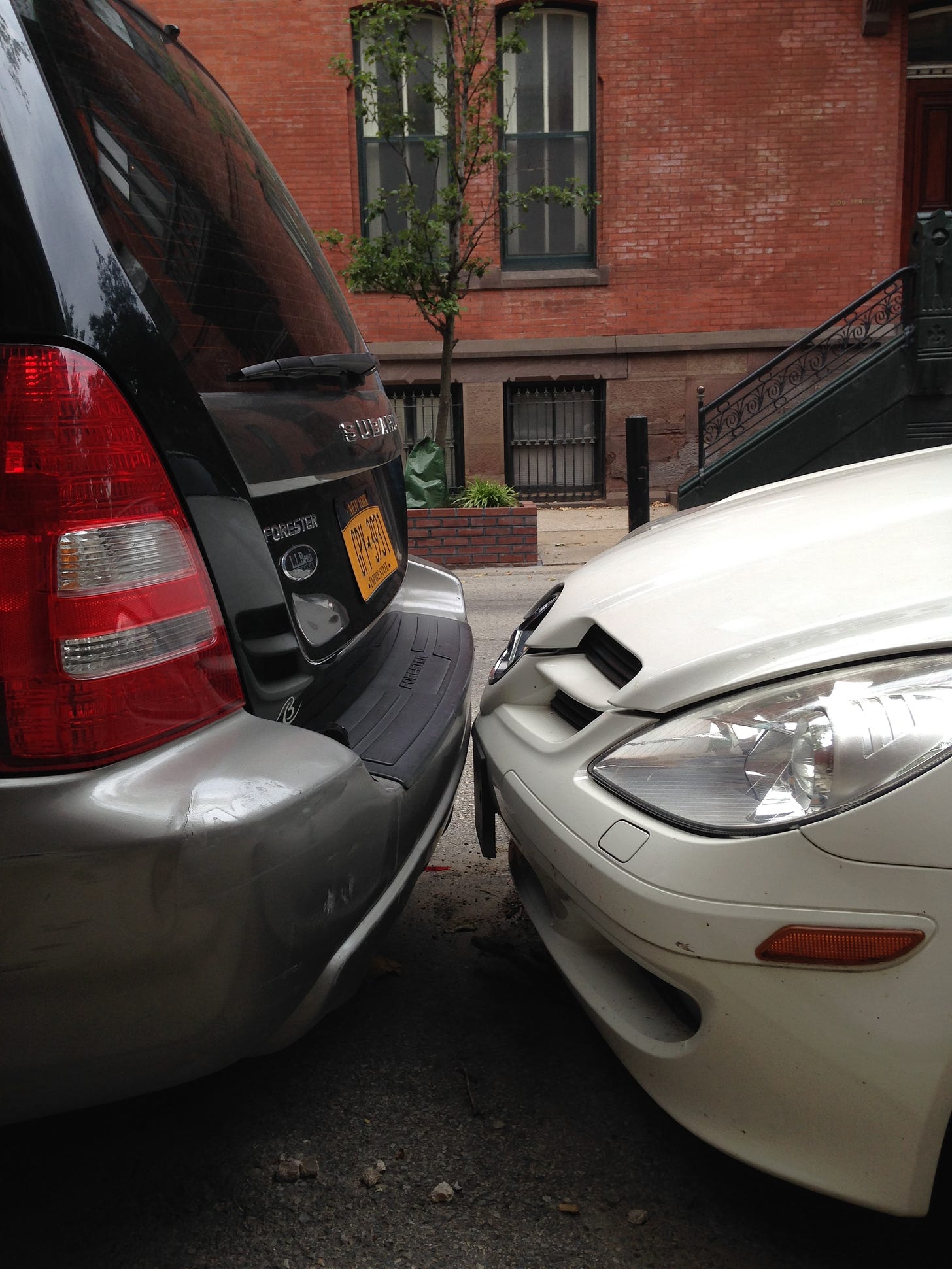
Table 12 doesn’t just point out the dangers, it also points towards the solutions, or alternatives. In the case of Novacaine, there is the alternative of Bupivacaine. This is a local anesthetic which takes longer to numb tissue, up to fifteen minutes, and lasts longer, up to eight hours. That makes it a lot less convenient for dentists and patients, but most dentists will have it on hand. It just requires some advanced planning and communication.
It’s worth noting that Lidocaine is on the naughty list too. If you cut yourself badly and go to the local Urgent Care for some stitches, the chances are that the suturing physician will use Lidocaine to numb up the site first. It may be worth discussing your options.
If we go back up the list of Table 12, we’ll find SSRIs. This is the one instance where there literally is no alternative. Examples are citalopram, escitalopram, fluoxetine, fluvoxamine, and sertraline. And how many people take SSRIs? In the United States, about 13% of the adults or 43 million people. Worldwide, estimates suggests 4-5% of the global population or 300-400 million people. Hey, I’m sorry to put a damper on pharma profits, but I think that we’ve got a problem here. MCAS + SSRIs= mediator release → increased potential for anaphylaxis.
Moving back down the list, we find peripheral acting analgesics such as Aspirin and Ibuprofen. This is where I would caution the reader, and say, “Hey, let’s not go overboard here.” Any decision about whether to use or not use a therapeutic, at what dose, and for how long, is based upon a risk vs benefit decision. We can do this! Heck, most adults drive a car, and that is one non-stop rolling series of risk-benefit decisions. Ibuprofen? Well, if you’re well hydrated, and take it with food, and haven’t just eaten a high-histamine meal with avocado, leftovers, and alcohol (inhibits diamine oxidase or DAO, which breaks down histamine) then you could be fine. But what if you take an SSRI, and you just had dental work with Novacaine, and then you had a high histamine meal. Perhaps Tylenol might be a better choice, or rather least worst choice.
Next up on the list are some opiate analgesics, some of my favorites: morphine and codeine. Meperidine or Demerol is there too, but very rarely used these days.
Trying to quit smoking or fending off the blues with Wellbutrin / Bupropion? I’m sorry to say but that’s on the naughty list too.
How about antibiotics? Not to feel left out, we have some of those too, including Cefuroxime (I think there was a typo leaving the e off the end on the list) and Vancomycin. You’ll generally encounter these in the hospital setting via IV administration. Which is also where you’ll find iodinated contrast medium (think CT contrast) and gadolinium chelate (think MRI contrast). It is into this spiderweb of therapeutics that one of my patients recently landed, with serious adverse consequences.
This patient is in his eighties, and being treated with adjunctive cancer care for renal cell carcinoma which has metastasized to his lungs and bones. One of his arms swelled up to three times the size, and his wife took him to the ED. There was a turf war there, in which the Dermatologist opined that his arm was the biggest hive she had ever seen, and recommended antihistamine treatment (think MCAS). Oncology opined that he had cellulitis, brushed aside Dermatology’s recommendations, and ordered IV antibiotics with a cousin of Cefuroxime; these are antibiotics called Cephalosporins, commonly used to treat skin infections. They also ordered an MRI with contrast. Hours later, the patient was streaking down the hallway, trying to escape, exhibiting what would be called delirium, and powerfully pushing aside his wife in his rush. After being home for several days, she reports that his mind still isn’t the same, his sleep is disrupted, and “it has been rough.” So who was right, Dermatology or Oncology? I would vote Dermatology, and say that Oncology picked two therapeutics interventions, an IV Cephalosporin and an MRI with gadolinium chelate which both ramped up mediator release from his already hyperactive mast cells and created a pro-inflammatory and disruptive environment in his brain which contributed to delirium in this vulnerable, elderly patient.
How could mast cell mediators contribute to delirium? Cytokines such as TNF-alpha and IL-6 can cross the blood brain barrier and promote inflammation. Histamine increases blood brain barrier permeability, allowing inflammatory molecules and other immune cells to enter the brain, ramping up neuroinflammation and disregulating neuronal connections. Histamine can also directly bind to histamine receptors in the brain and impact neurotransmitter release and signaling, particularly with acetylcholine and dopamine, both strongly associated with delirium. Mediators can cause dilation and increased permeability of blood vessels in the brain which affect cerebral blood flow negatively. Mediators like proteases and reactive oxygen species can induce oxidative stress which can damage neurons and lead to cognitive dysfunction and delirium.
The therapeutics on the bottom of Table 12 are ACE inhibitors, such as Lisinopril, and beta blockers, such as Metoprolol. ACE inhibitors relax veins and arteries to lower blood pressure, and are often first-line therapies for hypertension due to concurrent protective impact upon kidney function. Beta blockers block the effect of the hormone and neurotransmitter epinephrine, causing the heart to beat less forcefully and more slowly. We can’t and shouldn’t throw the baby out with the bath water, understanding that patients are often on these medications for good reason, but also expanding our focus, and realizing that use of these medications in a post-Covidian era can prime an individual for a spillover of mast cell mediators, which could in some cases lease to anaphylaxis.
An example in this case is my patient who never had any allergies to seafood, but is on an ACE inhibitor for blood pressure, and takes LDN, Ketotifen, takes Antronex with meals, and as needed H1/H2 antihistamines for her MCAS. She went out to dinner with her husband and was in a restaurant which was sparsely populated, so less risk of shedding. She had a glass of wine (inhibits DAO production to break down histamine) and ordered seafood Alfredo, which had shrimp, scallops and clams. When she began eating her entree, it started to feel like her lips were swelling and her throat was tightening, but it wasn’t obvious to the dining companion observing her. She stopped eating the dish, and this sensation of throat tightness continued for more than twelve hours afterwards. When we discussed this during a followup visit, I suggested that we order her an Epi-pen, and reviewed Table 12 with, explaining that I think she was approaching an anaphylactic reaction.
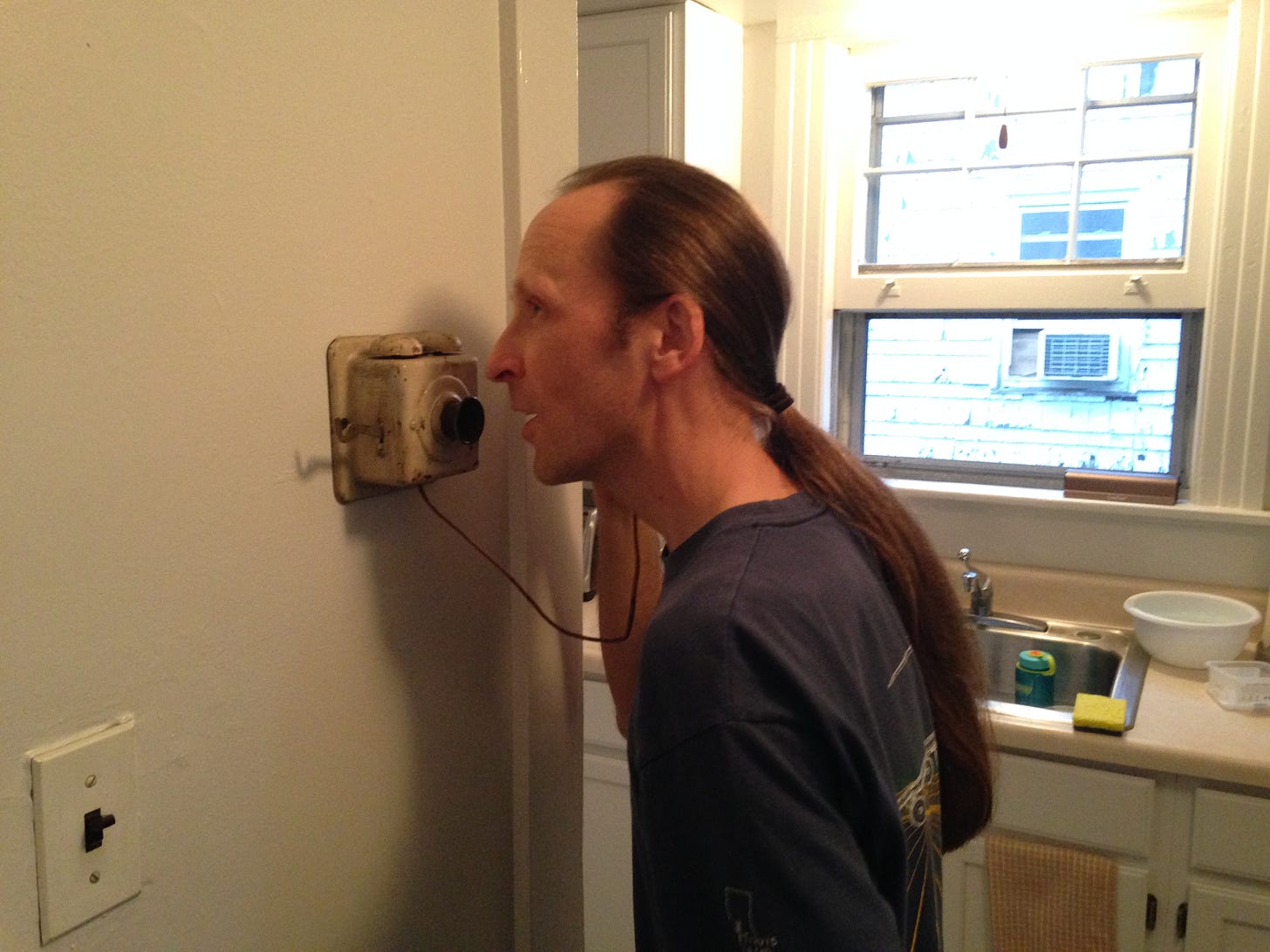
A very important teaching around Epi-pens is that they come in pairs for a reason. Remember that the Swedish helicopter nurse and physician left a pair of epi-pens? Epinephrine is a short-acting medication, and its effects can wear off before a person reaches emergency medical providers. If the patient separated the pens, and put one in a car and one in their home for instance, they may have just one Epi-pen on hand in an emergency. That is what happened with my 30-something patient with Alpha-gal Syndrome, and without a second pen to administer, he nearly died before his family got him to the ED.
My final words of advice are to print out Table 12 and carry it with you. Discuss it with your PCP, dentist, surgeon and anesthesiologist. In a post-Covidian era, our bodies are different, and we need to be smart about how we may respond to drugs and agents which never troubled us before. Be prepared.
P.S. Thank you to Deb for her original artwork, the feature image of this Substack, a tribute to Pierre and I, and our work at the Leading Edge Clinic in treating PASC and injury from the Covid shots.
P.S.S. If you’ve ever heard the Beatles song Revolution 9 (you need to listen to it with a set of ear buds or headphones), you might appreciate why I wanted to call this Substack Table 12. It’s not a zinger of a title, but it should be, because Table 12 is so darned important. I hope that after reading this Substack you’ll agree.
[ad_2]

